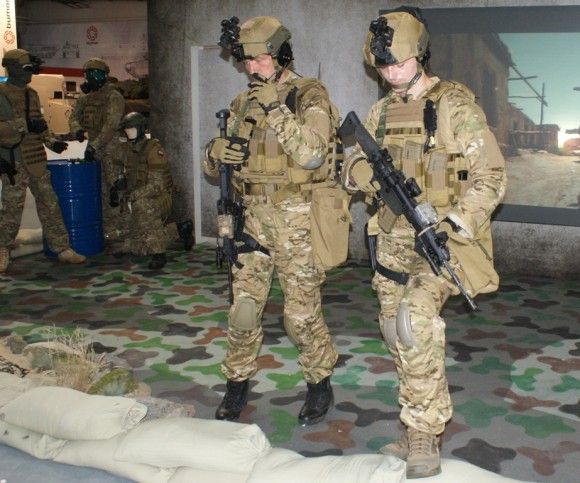PSE Cuts Down The Energy Supplies. Bad Status Of The Grid Or Power Station Problems?
PSE Operator (Polskie Sieci Elektroenergetyczne – Polish Electric Energy Grids) informed that limitations are going to be imposed on power supply case of the most significant recipients. Not only are the imposed actions a result of the hot weather, but they also are related to the bad status of the transmission network, or to problems of the power stations and the reserves system.
According to PSE, the limitations were going to be imposed within the whole territory of the country, on 10th July between 10 AM and 5 PM. However, it cannot be ruled out that similar limitations would be implemented on the subsequent days. The Media claim that PSE’s problems are caused by the record-breaking heat, however this is only a part of the crisis. The problem is far more complex.
The situation – most probably – stems from the age of the Polish power-transmission grid. According to the available data, 50% of the Polish high-voltage lines are four or more decades old, the remaining part is only 10 years younger. The fact that most of the existing infrastructure dates back to the times of Edward Gierek, and to the beginning of the period when Poland was governed by Wojciech Jaruzelski, contributes to the impact of the temperatures on the power-transmission process. What’s interesting, the grid’s status was positively assessed by the Polish Supreme Audit Office – but the reality proven that the verdict was far from the truth. Auditors looked for the threats within the area of the potential lack of sufficient power generation output.
Actually, the heat and the lack of water decrease the effectiveness of the conventional power-plants, which require a lot of coolant. However, PSE, by preparing itself for switching off 3000 MW of power (power output equivalent to two ‘Opole’ power stations!) implemented some actions, the aim of which is to provide the existing grid with sufficient reserves. Here, we mean the operational power reserve (paying the supplier for maintaining the power units that should be closed down) and cold reserve (paying the supplier for readiness to start-up the selected power units, should a crisis situation arise, which is the case e.g. when it comes to the Dolna Odra [Lower-Oder] Power-Station Facility).
The current situation may be – in the context of the reserves above – interpreted in two ways. The limited power supply results from the status of the transmission grid, or the existing power and reserves turned out to be insufficient in the context of the peak power demand. In the latter case, this may mean that monstrous problems may be expected, when a large portion of the generating power would be cut-off. The above would be even more pronounced due to the fact replacement is a matter of couple of years. One cannot rule out a situation in which both of the phenomena above are parallel.



